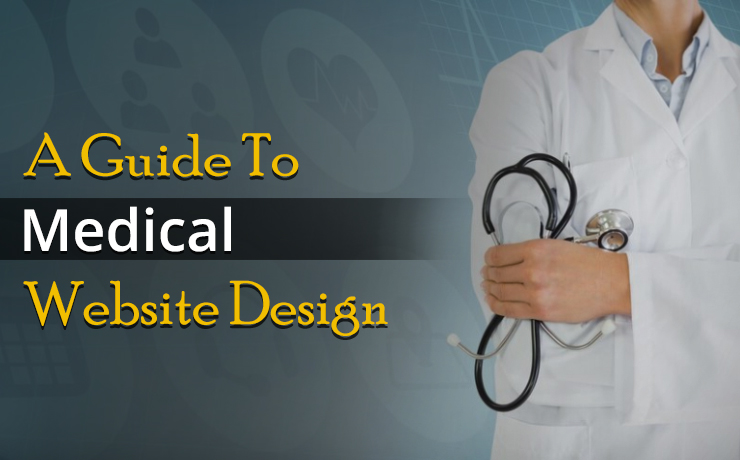A Guide To Medical Website Design

Chad Faith
Director of Content

The Internet has become an essential tool for patients seeking information about medical conditions, treatments, and healthcare providers. As a result, having a professional and user-friendly medical website has become increasingly important for healthcare providers. In this article, we will discuss the key elements of a successful medical website design and provide tips for creating a website that meets the needs of both patients and healthcare providers. We promise it won’t be boring, so sit tight and enjoy the ride!
Design and Layout
The web design and layout of a medical website should be clean, simple, and easy to navigate. Patients are often looking for specific information, such as doctors’ contact information or treatment options, so it is important to make this information easy to find. A clear and consistent navigation menu is essential for guiding patients to the information they need. And remember, if your website is hard to navigate, your patients might end up somewhere else – like the wrong side of the operating table!
The color scheme of a medical website should be professional and calming. Blues and greens are often used in medical website design, as they are associated with trust, calmness, and healing. Avoid using bright or flashy colors, as they can be distracting and overwhelming for patients. Unless you’re trying to give them a seizure – in that case, go for it!
Images and videos can also be used to enhance the design of a medical website. High-quality images of healthcare providers and facilities can help patients feel more comfortable and confident in their choice of provider. Videos can also be used to provide educational content, such as information about treatments or procedures. Just make sure you don’t have any ‘out-of-focus’ shots of the doctors, or you might scare the patients away!
Content
The content of a medical website should be accurate, clear, and easy to understand. Patients are often looking for information about medical conditions, treatments, and healthcare providers, so it is important to provide this information in a clear and concise manner. Avoid using medical jargon, as it can be confusing for patients. You don’t want to give them a case of “terminal confusion”!
It is also important to provide information about the healthcare providers and facilities featured on the website. Patients want to know about the qualifications and experience of the providers they are considering, as well as the services and facilities available. You want to make sure your patients know they’re in good hands – not in the hands of someone who just graduated from “Mediocre Medical School”!
In addition to providing information about medical conditions, treatments, and healthcare providers, a medical website should also provide resources for patients. This can include information about insurance coverage, financial assistance, and support groups. After all, you don’t want your patients to have a “heart attack” when they see the bills!
Search Engine Optimization (SEO)
Search engine optimization (SEO) is an important aspect of medical website design. SEO helps to improve the visibility of a website in search engine results, making it easier for patients to find the information they need. There are several key elements of SEO that should be considered when designing a medical website. These include the use of relevant keywords, meta tags, and high-quality content. It is also important to ensure that the website is mobile-friendly, as more and more patients are using their smartphones to search for healthcare information. You don’t want your patients to have to “squint” to find the information they need!
 Free
Consultation
Free
Consultation Free
Google Ads Audit
Free
Google Ads Audit







